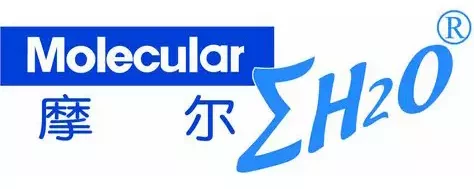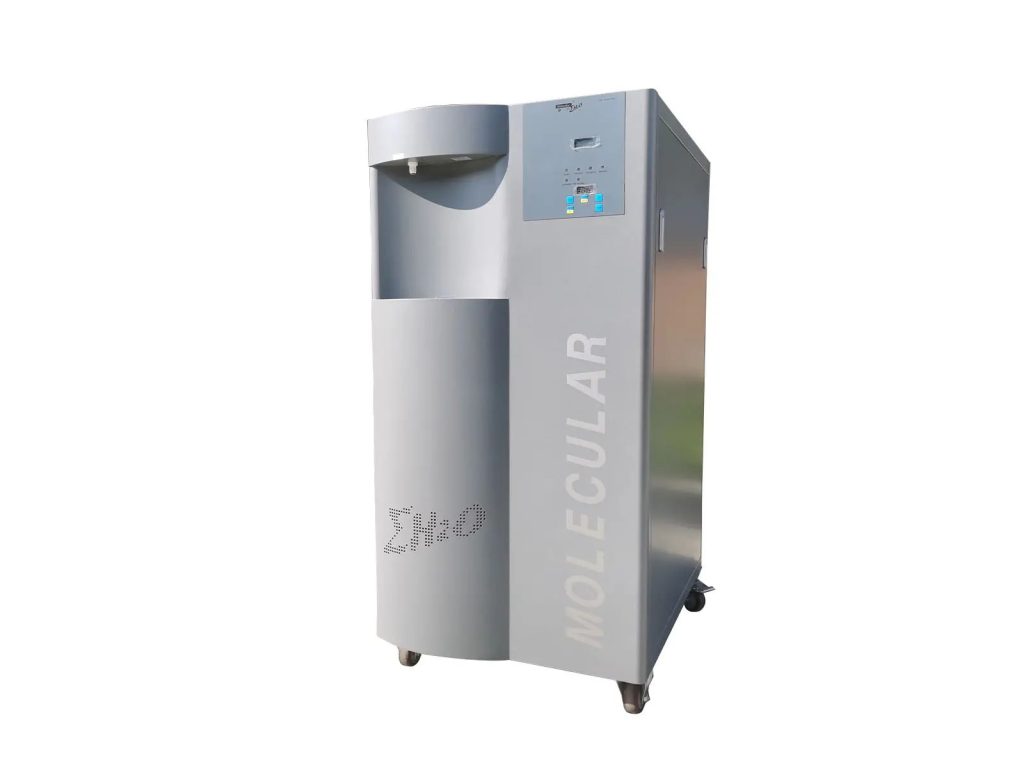In hemodialysis, water is not only an auxiliary medium but also an indispensable part of the life support system. During each dialysis treatment, the patient’s blood undergoes a material exchange with the dialysis fluid, which is mainly composed of highly purified water. It not only determines the safety of treatment, but also affects the long-term health condition of patients. Therefore, understanding the diffusion principle of dialysis water, contamination risks, and the operation of purification systems is equally important for medical institutions and equipment suppliers.
The Water Diffusion Process In Hemodialysis
The core of dialysis lies in two physical phenomena: “diffusion” and “osmosis”. Dialysis membranes are semi-permeable structures that allow certain molecules to pass freely while blocking larger or harmful substances. When blood flows through one side of the dialysis membrane, the dialysate flows in the opposite direction from the other side, and the solute will naturally diffuse due to the concentration difference. Metabolic wastes such as urea and sodium ions move from one side of the blood to the dialysate, while the necessary electrolytes maintain a relatively balanced state.
Meanwhile, water will also undergo slight migration through the semi-permeable membrane to maintain the osmotic pressure balance between the blood and the dialysate. This process seems simple, but it requires precise control. If the quality of the dialysis fluid is impure, contaminants may diffuse and reverse into the bloodstream, causing serious consequences. Therefore, ensuring the purity of dialysis water is the primary condition for guaranteeing the safety of treatment.
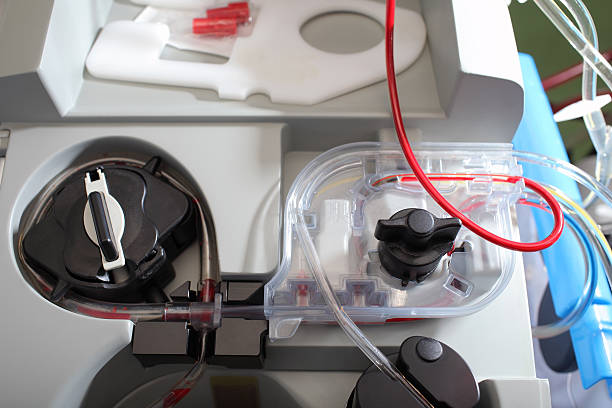
What Contaminants In Water Used For Hemodialysis?
Ordinary tap water cannot be directly used for dialysis. Although it is suitable for daily consumption, it is far from meeting the requirements of medical grade. The contaminants in dialysis water can be classified into the following categories:
- Chemical contaminants: including chlorine, chloramine, and heavy metals (such as aluminum, copper, zinc, etc.). Even at extremely low concentrations, these elements may cause red blood cell rupture or nerve damage.
- Microbial contaminants: Bacteria, fungi and their metabolic products (such as endotoxins) are the most common threats. If not effectively removed, they may cause fever, inflammation and even sepsis.
- Particles and dissolved solids: Hardness ions such as calcium and magnesium, as well as suspended particles, can affect the chemical equilibrium of dialysis fluid and increase the risk of system scaling.
Therefore, international standard organizations such as AAMI and ISO all have extremely high purity requirements for dialysis water. A water treatment system that meets the standards must simultaneously remove chemical substances, microorganisms and particulate contamination to be suitable for clinical use.
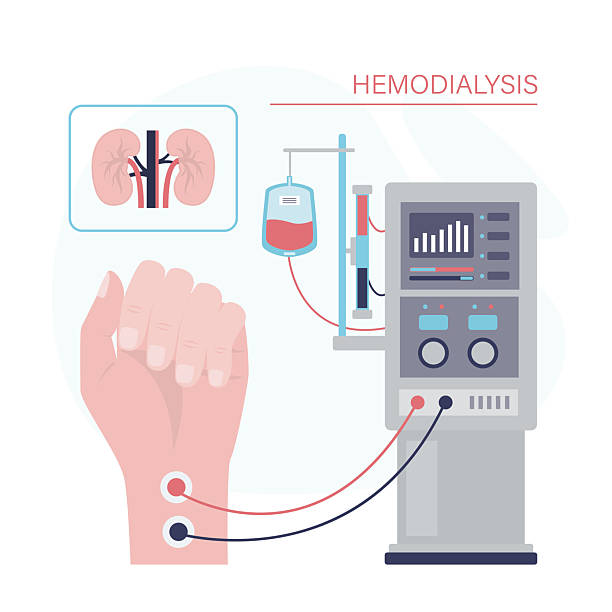
The Importance and Methods of Chloramine Removal
Chloramine is a disinfectant widely used in municipal water supply. It can effectively inhibit bacterial growth, but it is extremely dangerous for dialysis patients. If chloramine enters the dialysis system, it will damage the structure of red blood cells, cause hemolytic reactions, and even endanger life. Therefore, the complete removal of chloramine is a key link in the dialysis water treatment process.
The main removal methods include:
- Activated Carbon Filter: It eliminates chloramines and organic compounds through adsorption reactions and serves as the first line of defense in the system.
- Dual Carbon Beds system: Enhance adsorption capacity and prevent residue.
- Reverse osmosis System (RO System) : Further purify water quality at the back end to ensure complete removal of chloramines.
Apart from equipment configuration, daily maintenance is also extremely crucial. If the activated carbon filter is not replaced for a long time or not flushed thoroughly, it may become a breeding ground for bacteria. Therefore, medical institutions need to formulate strict monitoring and maintenance plans to ensure the long-term safe operation of the system.
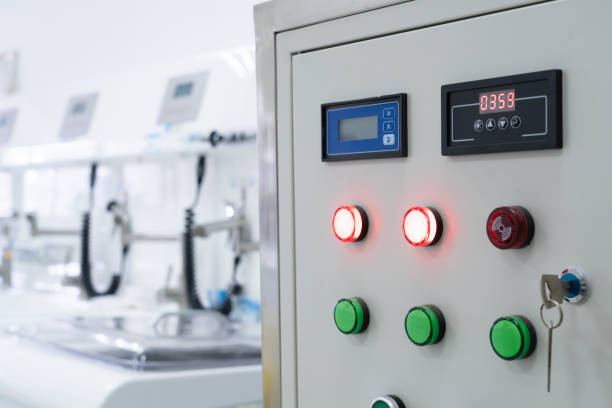
The Function Of Ro Water System In Hemodialysis
The reverse osmosis system is the core of the entire hemodialysis water treatment chain. It relies on the principle of semi-permeable membranes. By applying high pressure, water molecules can penetrate the membrane layer, while the vast majority of dissolved salts, heavy metals, bacteria and endotoxins are retained outside the membrane, thus obtaining ultrapure water.
The RO system is usually located in the middle and later stages of the water treatment process and undertakes the task of “deep purification”. It, together with the pretreatment units (such as sand filters, carbon filters, and softeners) and the polishing filters at the back end, forms a complete dialysis water production line.
The main advantages of reverse osmosis systems include:
- Remove over 95% of dissolved ions and impurities
- Block over 99% of bacteria and endotoxins
- The output water quality is stable, ensuring the accuracy of dialysis fluid preparation
- It can be linked with online monitoring equipment to grasp the changes in water quality in real time
| Common Contaminants | RO Removal Rate (Approx.) |
| Dissolved Solids (TDS) | >95% |
| Bacteria | >99% |
| Endotoxins | >99% |
| Heavy Metals | >98% |
These performances make RO systems an indispensable equipment foundation for hospitals and dialysis centers. The efficiency and lifespan of the system are also directly related to the operating costs of medical institutions and the treatment experience of patients.
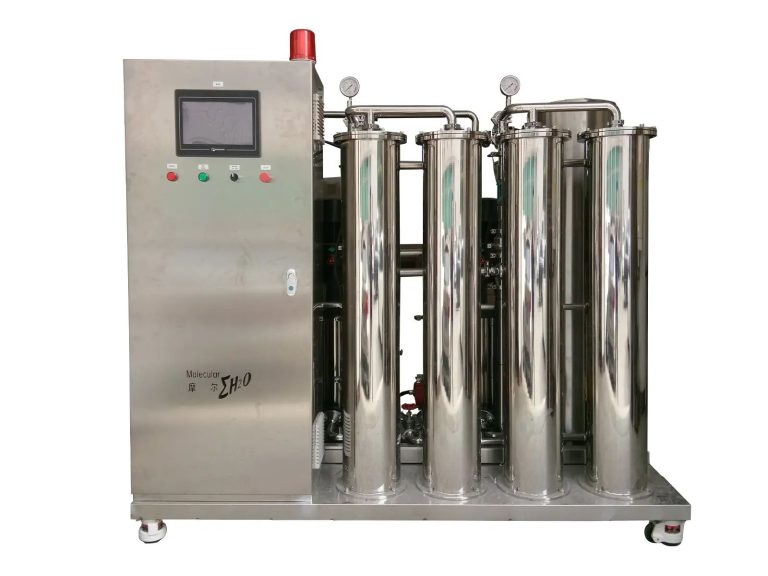
Conclusion
Hemodialysis is a complex and precise treatment process, and “water” has always been the most unremarkable yet crucial part. From the diffusion principle to the removal of chloramine, and then to the deep purification of the RO system, every step reflects the ultimate pursuit of safety and quality. High-purity water not only ensures the therapeutic effect but also provides patients with higher life protection.
Nowadays, an increasing number of medical institutions are beginning to choose high-performance water treatment solutions. Molewater’s RO water system and hemodialysis water treatment system are specially designed for high-standard medical environments, capable of multi-stage filtration and online monitoring to ensure that dialysis water meets international safety standards. For institutions that aim to strike a balance between medical safety and operational efficiency, Molewater offers not only equipment but also a reliable pure water guarantee system.
Safe dialysis starts with pure water. Only by controlling the quality of every drop of water can we truly safeguard the peace of mind of each treatment.
